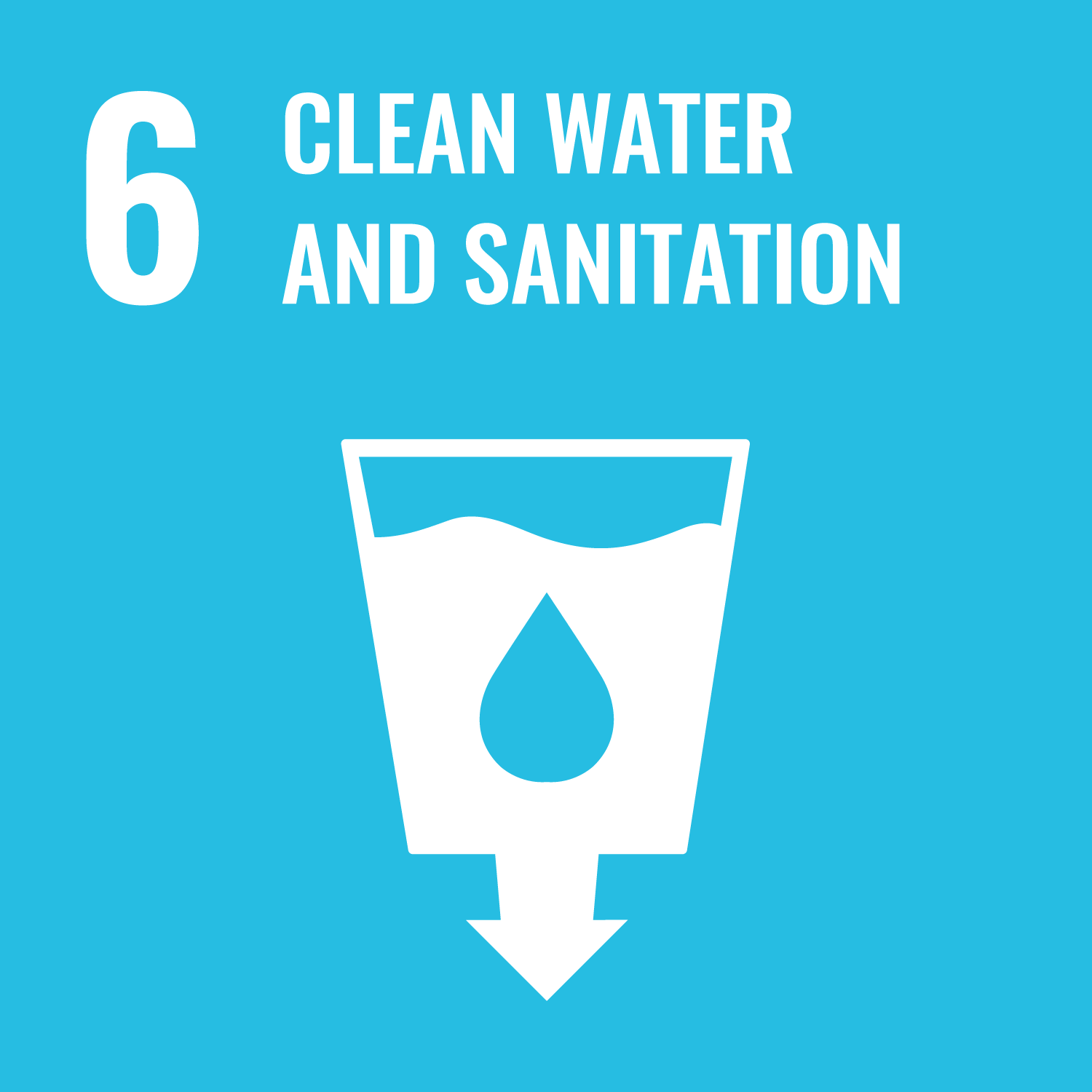Abstract
The issues of diffuse and point source phosphorus (P) pollution in river systems are presented using a catchment model to assess nutrient behaviour, seasonal effluent standards and biosolid substitution. A process-based, dynamic water quality model (INCA-P) has been applied to four UK catchments, namely, the Rivers Tywi, Wensum, Lunan and Hampshire Avon, to simulate water fluxes, sediments, total phosphorus and soluble reactive phosphorus (SRP) concentrations. The model has been used to assess impacts of both agricultural runoff and point P sources from wastewater treatment plants (WWTPs) on water quality. With increasing costs for P fertilizer and P reduction at WWTPs, a strategy of recycling P from WWTPs as biosolids to substitute for fertilizers in vulnerable catchments has been investigated. Significant reductions in P concentrations are achieved if this substitution were implemented on a large scale. Reductions in SRP of between 6% and 41% can be achieved using this strategy. The effects of implementing new WWTP standards are shown to reduce SRP by 30%. Seasonal consent standards applied in only summer months could reduce SRP by 53% and achieve a substantial reduction in treatment costs year round.
DOI Link
Publication Date
2015-06-01
Publication Title
Hydrology Research
Volume
46
Issue
3
ISSN
1998-9563
First Page
313
Last Page
324
Recommended Citation
Whitehead, P., Futter, M., Comber, S., Butterfield, D., Pope, L., Willows, R., & Burgess, C. (2015) 'Modelling impacts of seasonal wastewater treatment plant effluent permits and biosolid substitution for phosphorus management in catchments and river systems', Hydrology Research, 46(3), pp. 313-324. Available at: 10.2166/nh.2014.100


